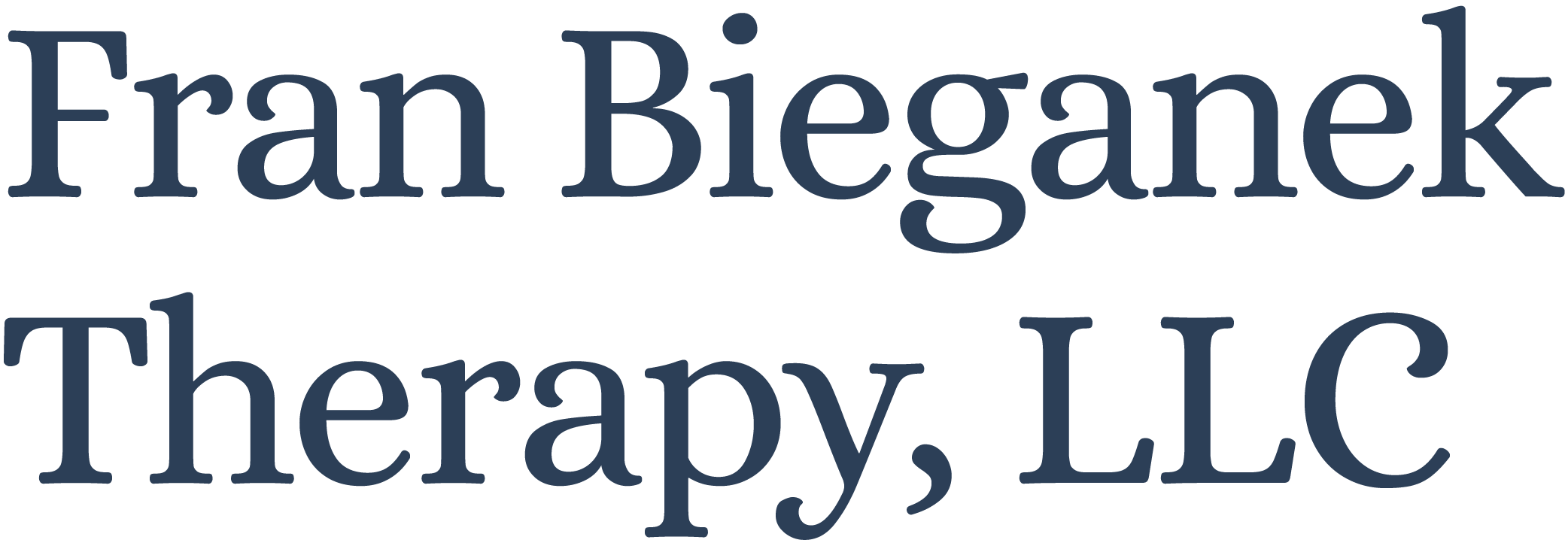What defines a healthy personal boundary? It is the physical, emotional and mental limit we establish to maintain a well-nourished mind, body and spirit. Setting a healthy personal boundary is a statement and/or action that clearly and definitively indicates your limit. Setting healthy, empowering personal boundaries is a skill. And, like any other skill some of us have mastered it quite well, for some of us it’s more like a work in progress and for others the skill has been elusive or maybe not even on our radar as a needed skill. When this skill is missing from our well-being tool box we are much more vulnerable to experiencing increased levels of stress as we interact with others in our daily lives – at home, at work, with friends. Often this stress is the direct result of taking on more (work, responsibility, emotional burden, financial burden, etc.) than we really can afford to do. This pattern compromises our well-being.
Most of us are familiar with the analogy of the airplane oxygen mask: we are instructed that in the case of an emergency we should put on our own mask first before assisting anyone else with theirs – including our loved ones! The reason: without our own mask on the quick loss of oxygen we will experience will render us useless to help ourselves or others. This analogy seems pretty straight forward. When it comes to the oxygen mask, the task is clear: put yours on first, then you will be better able to help others. But, in daily life the task of how to set healthy personal boundaries is not always as clear. And, to complicate matters, at any given time there are a multitude of factors that might impact our ability to set the boundary – trauma history, anxiety, depression, stress overload to name a few. When I think of how the airplane analogy translates into boundary-setting in your daily life I think it’s really saying that you are worthy of the boundaries you wish to have in your relationships, that setting boundaries is a loving thing to do for yourself and others because it empowers.
The analogy isn’t necessarily just about self-care. To me it’s more about developing a pattern of response in each and every moment that is rooted in well-being (mind, body and spirit). While personal limits vary from one individual to another, the “how to” of setting them is fairly universal. Below I offer several suggestions for how to work on developing and/or fine-tuning your own healthy personal boundaries. If you are someone who has not mastered this skill quite yet, I invite you to consider beginning to hone these four boundary setting skills for yourself. And, I whole-heartedly support you in your work!
The Four Vs: Boundary Setting 101
1. Visualize setting the healthy boundary. Actually close your eyes and see yourself in the situation, setting the boundary that you wish to set. For example, visualize yourself standing in front of your spouse, child, supervisor, co-worker, or friend and clearly stating your limit. When you visualize this scenario allow yourself to take in the whole experience – see yourself, the person, the room, the furnishings, the activity, the facial expressions and so on. Make your visualization as alive as possible! Doing this sets a frame of reference for you brain, which facilitates your brain in developing neural pathways that are primed for setting the boundary (Yes, you can train your brain!) And, repeated visualization leads to stronger brain connections. Practice builds the pathway.
2. Value what you just visualized. Do this by setting the intention to act on what you want. For example, “My intention is to let my sister know that I love her, but cannot be her sounding board every night.” When you set an intention for yourself you are declaring a desire to behave in a certain direction. In this case, you are stating an intention to set the boundary that you have been visualizing.
3. “Voo”-them with your breath. Yes, you read that right, it’s not a typo. I said “voo” them. I am referring to a breathing technique that was introduced by Dr. Peter Levine, an expert in trauma treatment. If you aren’t used to setting healthy boundaries, the idea of doing so can trigger a lot of anxiety. Anxiety is the result of an overactive sympathetic nervous system that triggers the fight-flight-freeze response in your body. The “Voo” breath stimulates the vagus nerve which taps into the parasympathetic nervous system. The parasympathetic nervous system, in turn, triggers the rest and digest response. And as a result, the fight-flightfreeze response gets calmed down. When you are calm you will be much more able to tap into your capacity to set the boundary! A quick overview of how to do the “Voo” breath:
-
Sit quietly with your eyes closed or with a fixed gaze.
-
Bring your awareness to just focus on your breath – notice the ebb and flow of your breath as it comes in and out.
-
Take a slow, deep inhalation through your nose, filling your belly (not your chest) with air.
As you exhale through your mouth: in a deep fog horn-like voice exhale the word, “vooooooo.” Allow this sound to resonate throughout your body, feeling the vibration of the sound as it moves through you.
-
Repeat the process (for 3-5 minutes). This can change the oxygen levels in your blood, which in turn, can stimulate positive changes in your neurochemistry (yes, you can train your brain!)
Note: You can find a more thorough description of how to do the “Voo” breath in Peter Levine’s book, “In an Unspoken Voice: How the Body Releases Trauma and Restores Goodness”.

Recent Comments